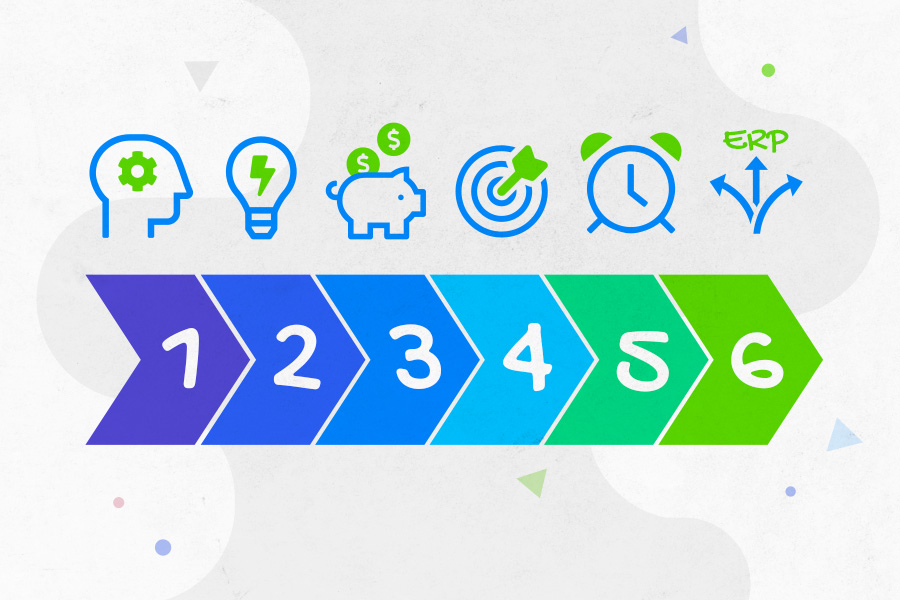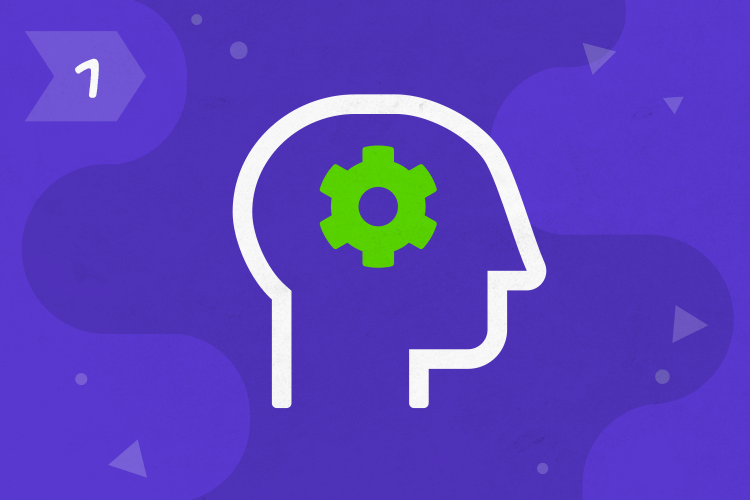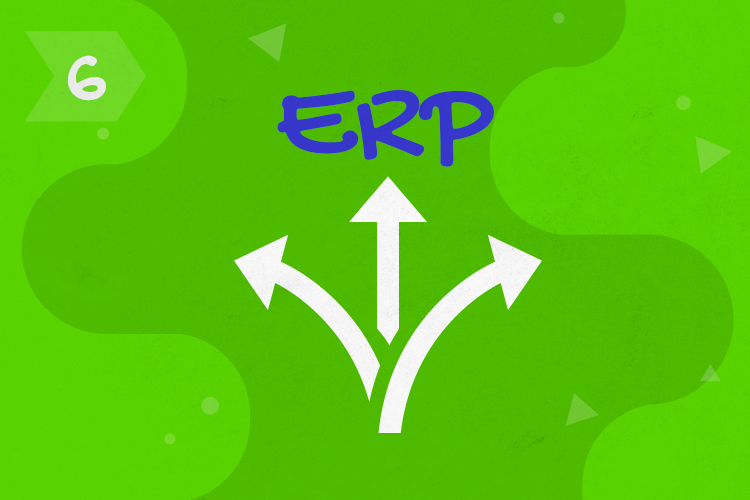
Enterprise Resource Planning (ERP) is a type of management software that allows organizations to integrate many different aspects of their business into one program. Human Resource Management, Project Management, Time Tracking, Finances, and many more parts of the business process can all be integrated with the right ERP software.
Who can use ERP?
From small businesses to multinational corporations, ERP software can be beneficial for almost any organization. There isn’t a standard Enterprise Resource Planning tool. They come in all different shapes and sizes, tailored for different industries. Vault has customizable features that has this flexibility in mind. Having a plan in place when searching for your ERP system can help you identify which areas your company needs to boost.
Read on: Get your ERP tailored the way you want
The ERP selection process

You do not simply wake up one day and decide that you want to get an ERP system for your organization. It is something that requires thought and planning. First, your organization must be open to change. The goal of implementing an ERP system is to integrate most of your business process into one system. That leads to identifying which areas of your business you want to integrate. The more parts of the business process that are integrated the better. But it also comes at a greater cost - literally.
Read on: Why your business needs an ERP
If you plan everything thoroughly, it is time to search for an ERP system that matches your requirements. After your research, you schedule a demo with the systems and make your final decision. It is important to identify the steps and the people within your organization that should be involved in the decision-making process. Below, we’ll take a deeper dive into the whole process.
1. Be open for change

Many small family-owned businesses have gotten by for years using the same methods. But as a business grows, suddenly short and easy tasks become tedious. Tracking employee time with paper is fine if you have a handful of employees. But with a larger team you’ll notice how much time is being spent on something as simple as Time Tracking. Change may be hard, but a business which wants to grow, must adapt.
Read on: How time tracking helps your business
2. Identify your needs.

Every company is unique and has different needs. Find out which tasks are taking the most time. Which processes are crucial and have the highest risks of errors? Maybe it’s time tracking or tracking the financial outlook of the entire company. It is important to identify your needs, so you know what you are looking for in an ERP system.
Who should be involved in this step of the ERP selection process? Everyone! This is the time to take a look at your organization and see what tasks are not being done efficiently. Maybe you aren’t even aware of the possibilities that can be done with an ERP system. If you need help with this step, contact us at Vault-ERP to see what we can do for you.
Read on: Why you should use ERP if you want to grow
3. Make a Budget

The possibilities of an ERP system within an organization is endless. But not every company can afford the best, most robust system. Some are made to be affordable only for large organizations. Their base models are not suitable for small and medium companies. Here you can do a little test when it comes to pricing: break down every ERP system you are considering to a price per user. You’ll have to identify how many people will have access to the system and how much you’re willing to spend per month on a system.
4. Identify a system

Once you’ve identified what areas of your organization could do with improvement it’s time to search for a system. Many companies that offer ERP systems are made with only a specific industry in mind. Few of them offer a deep level of customization. ERP systems are rapidly changing, your system should keep up with the times as well. Vault-ERP works with different sized businesses, from small to large, in many industries across the globe. Find similar companies when doing your research.
Read on: 5 critical mistakes to avoid when choosing ERP software
5. Schedule a demo

Once you’ve identified systems that meet your criteria, it is time to schedule a demo. Typically to schedule a demo you will give a company your name, email, name of your company or brand, and position within your organization. A team member will contact you for more information to prepare a demo of the product. You will then be invited to set up a time to view the demonstration.
6. The Decision

Now that you’ve seen the demonstrations it is time to make the decision on which the ERP system is best. Consider that you want a system that will last for years. That means it has to be flexible and scalable, but also customizable for your industry. Contact us and we will help you get started. Happy searching for your new ERP system!
